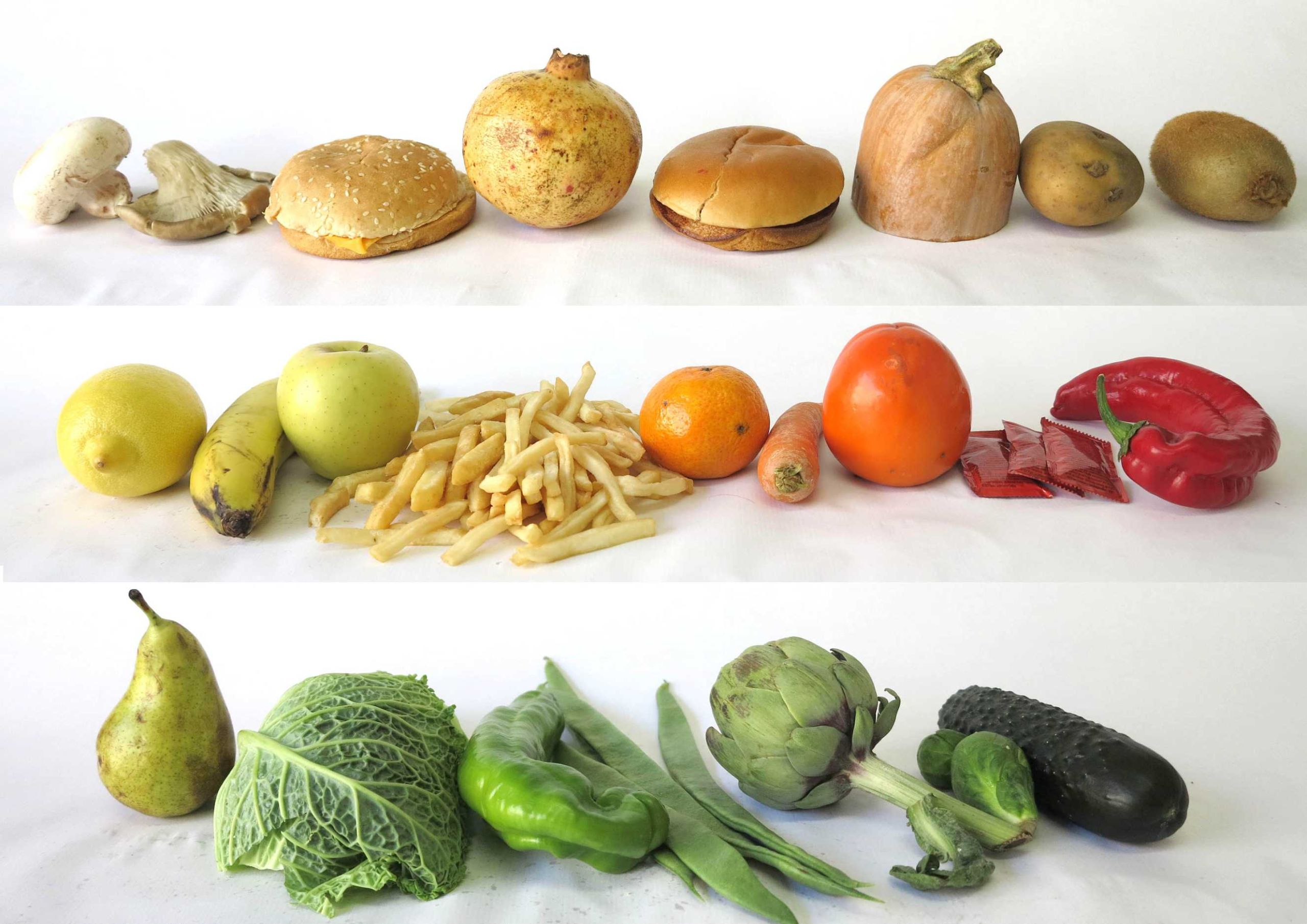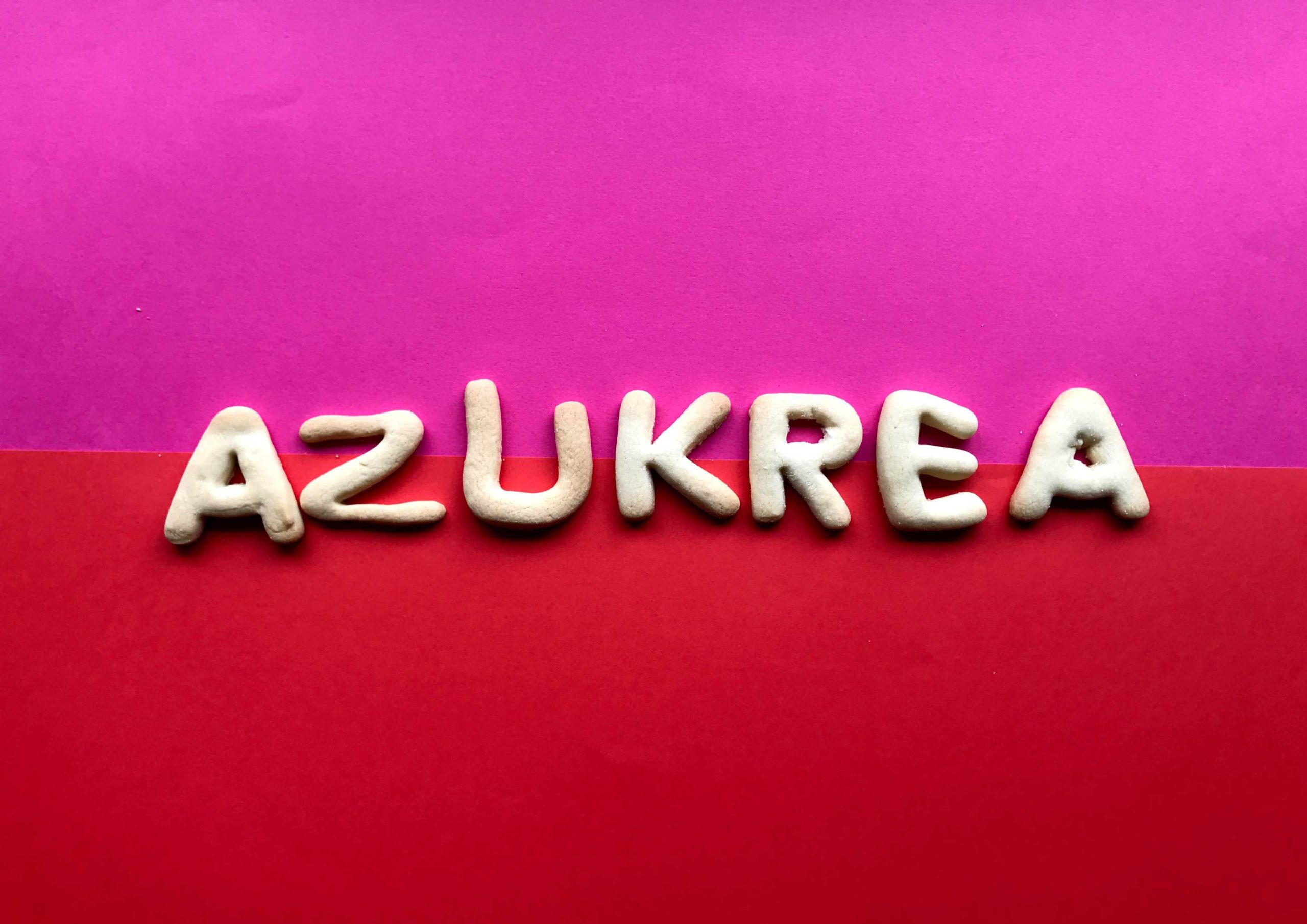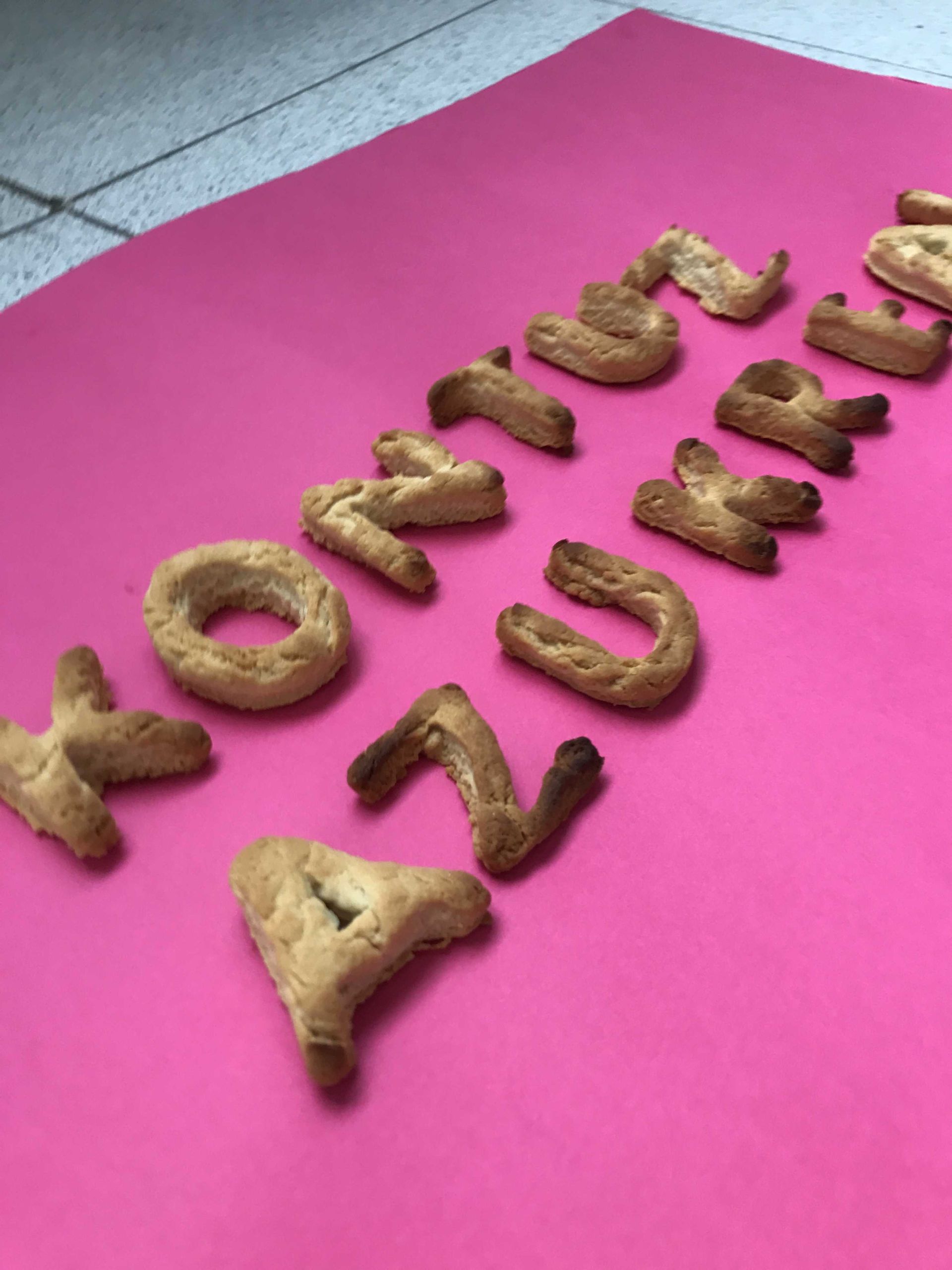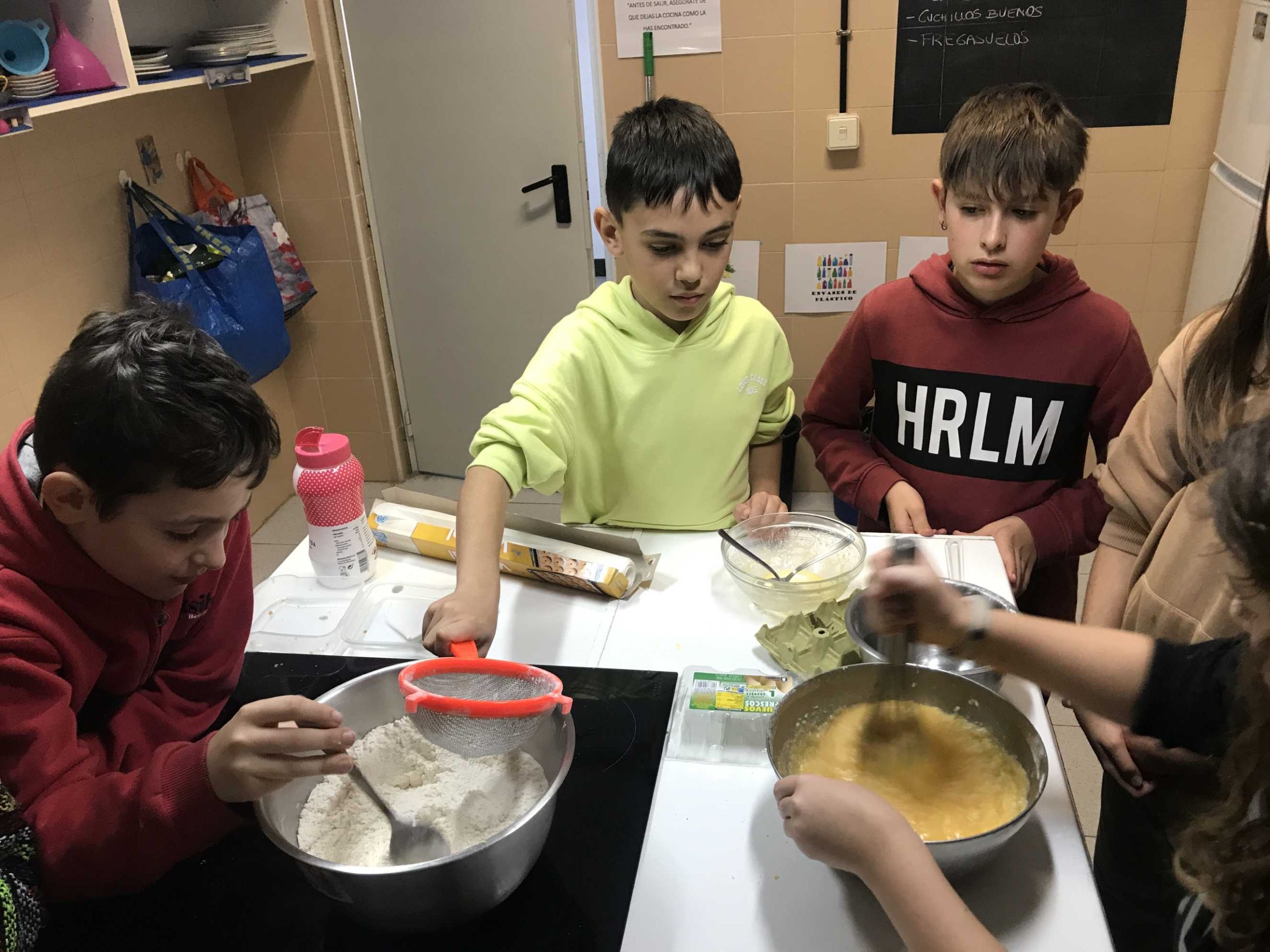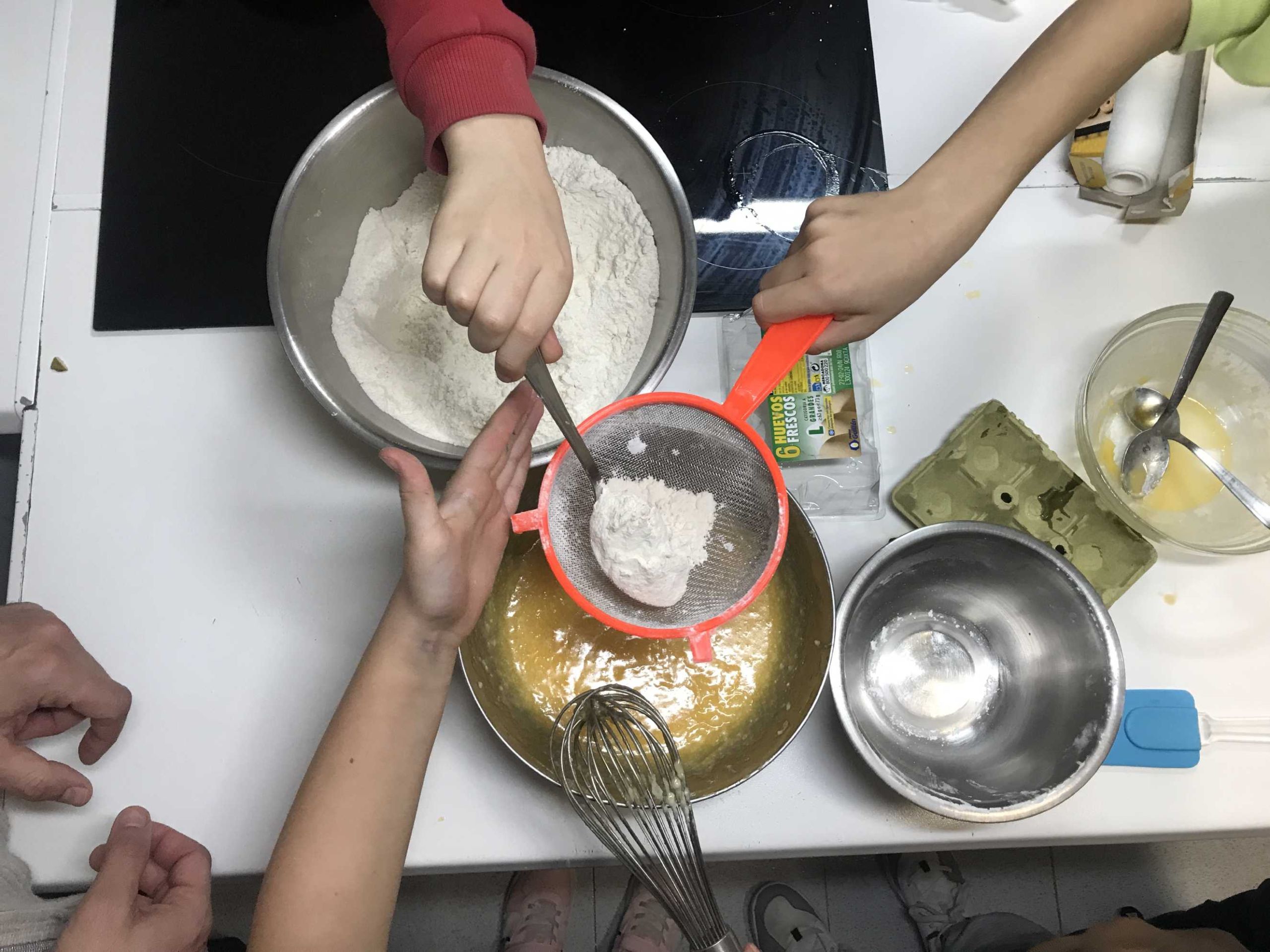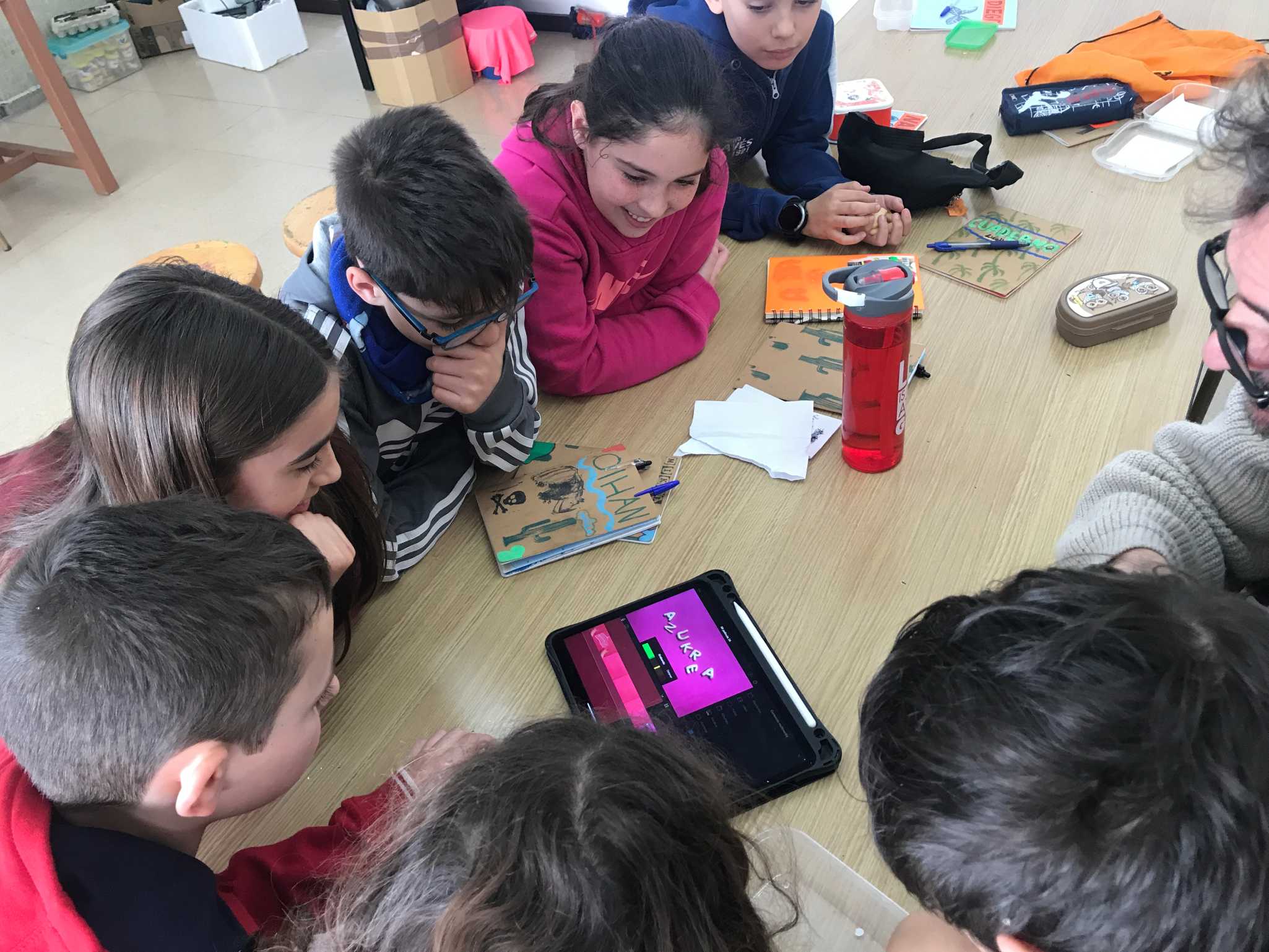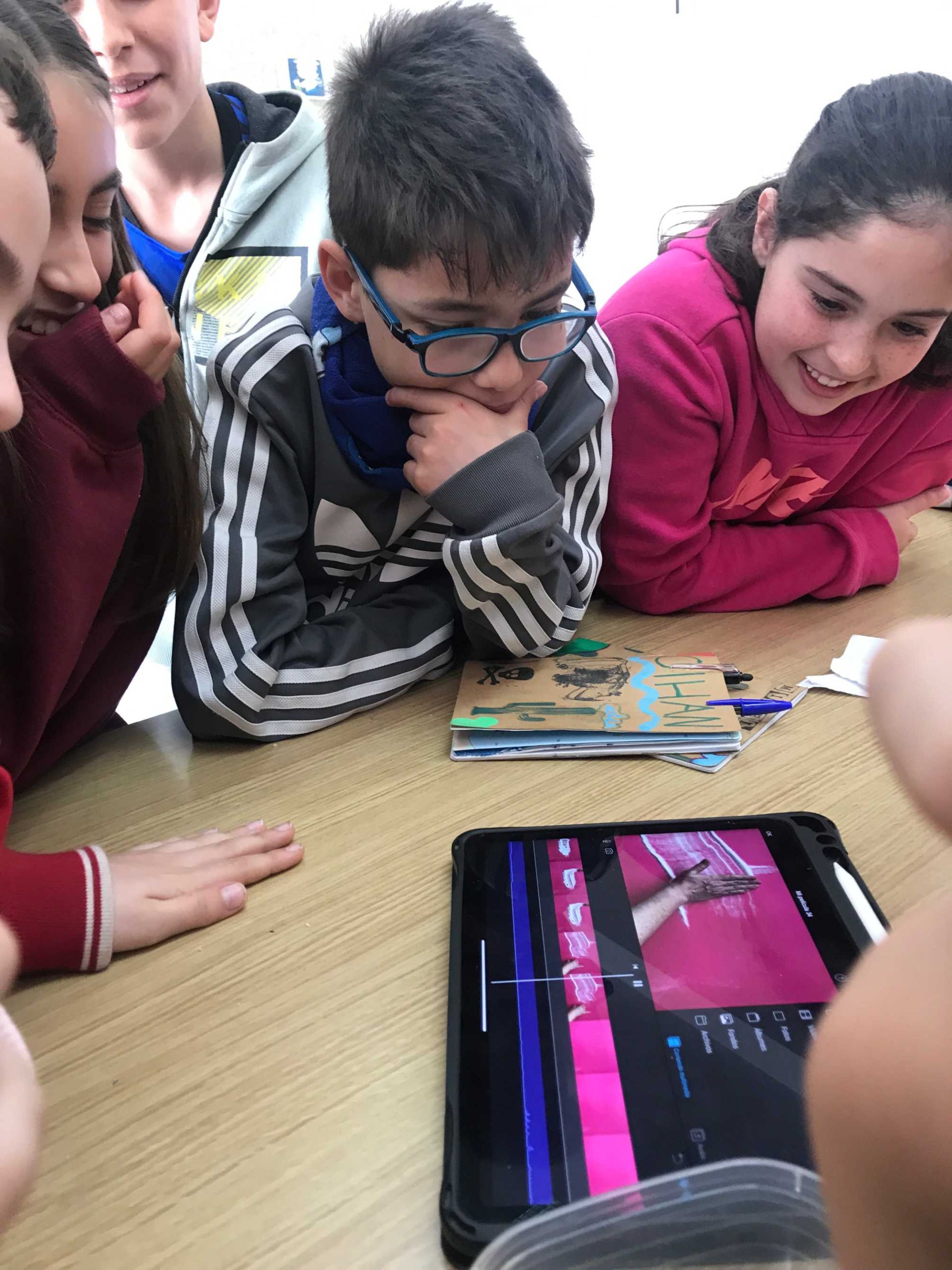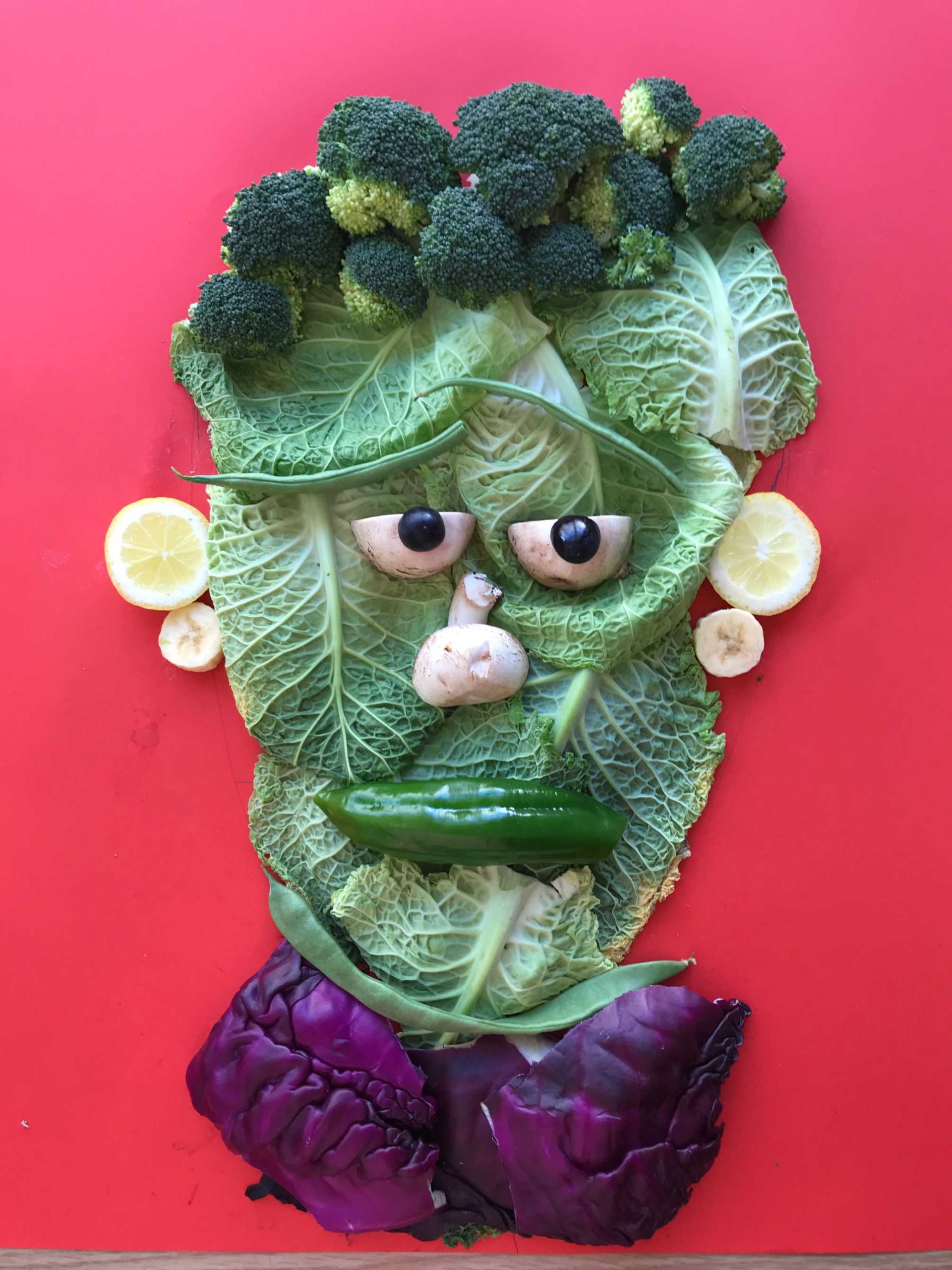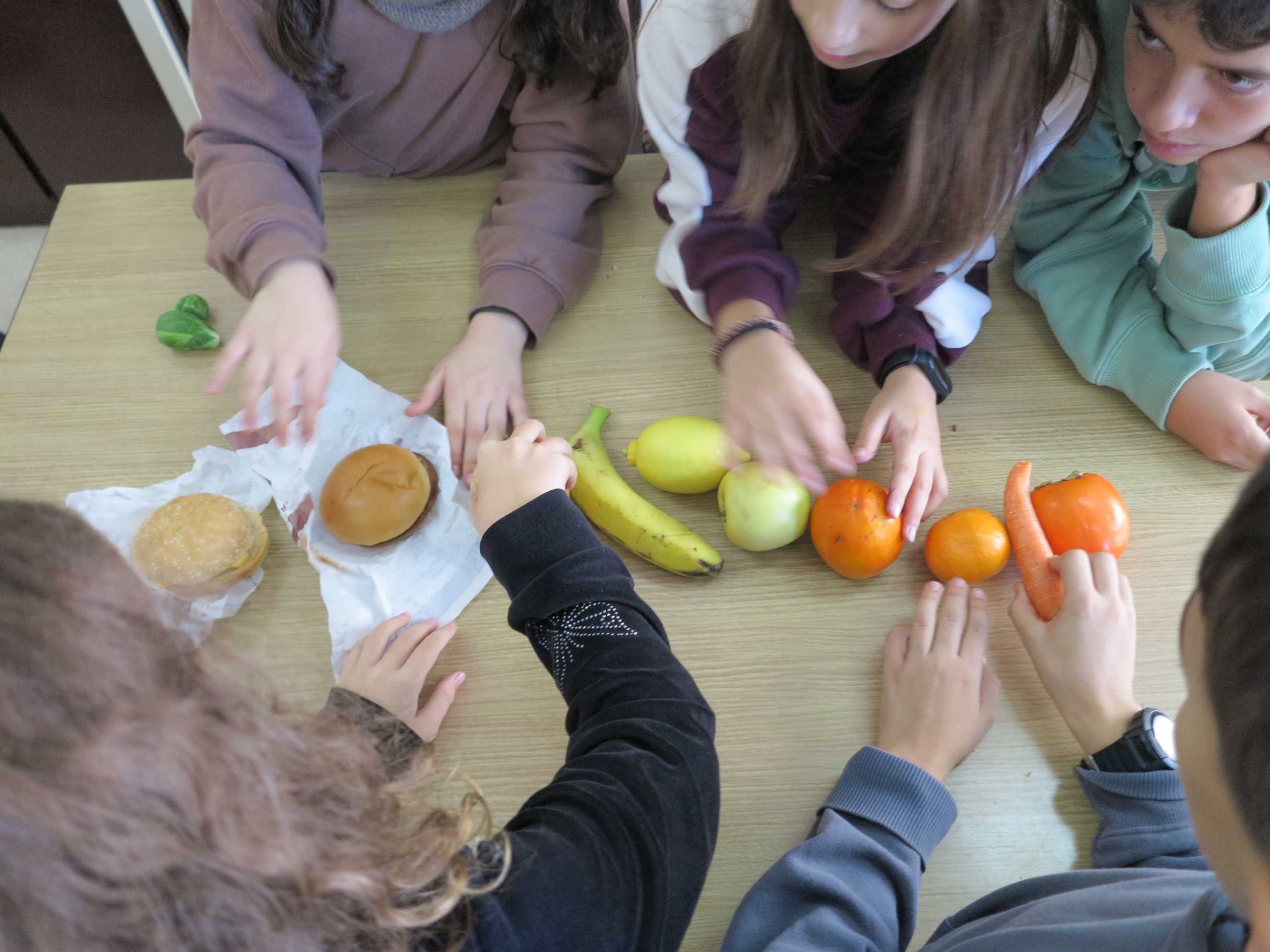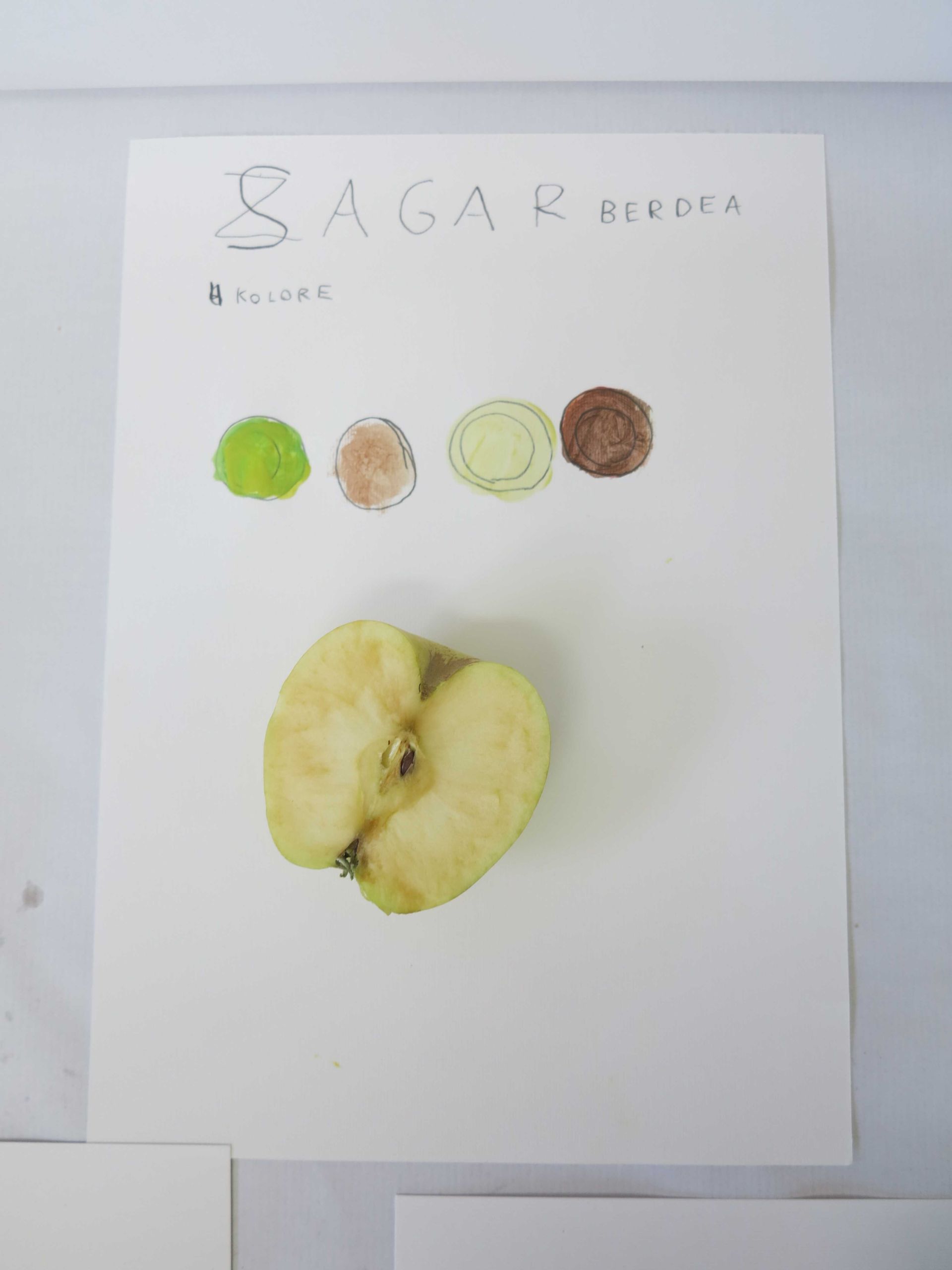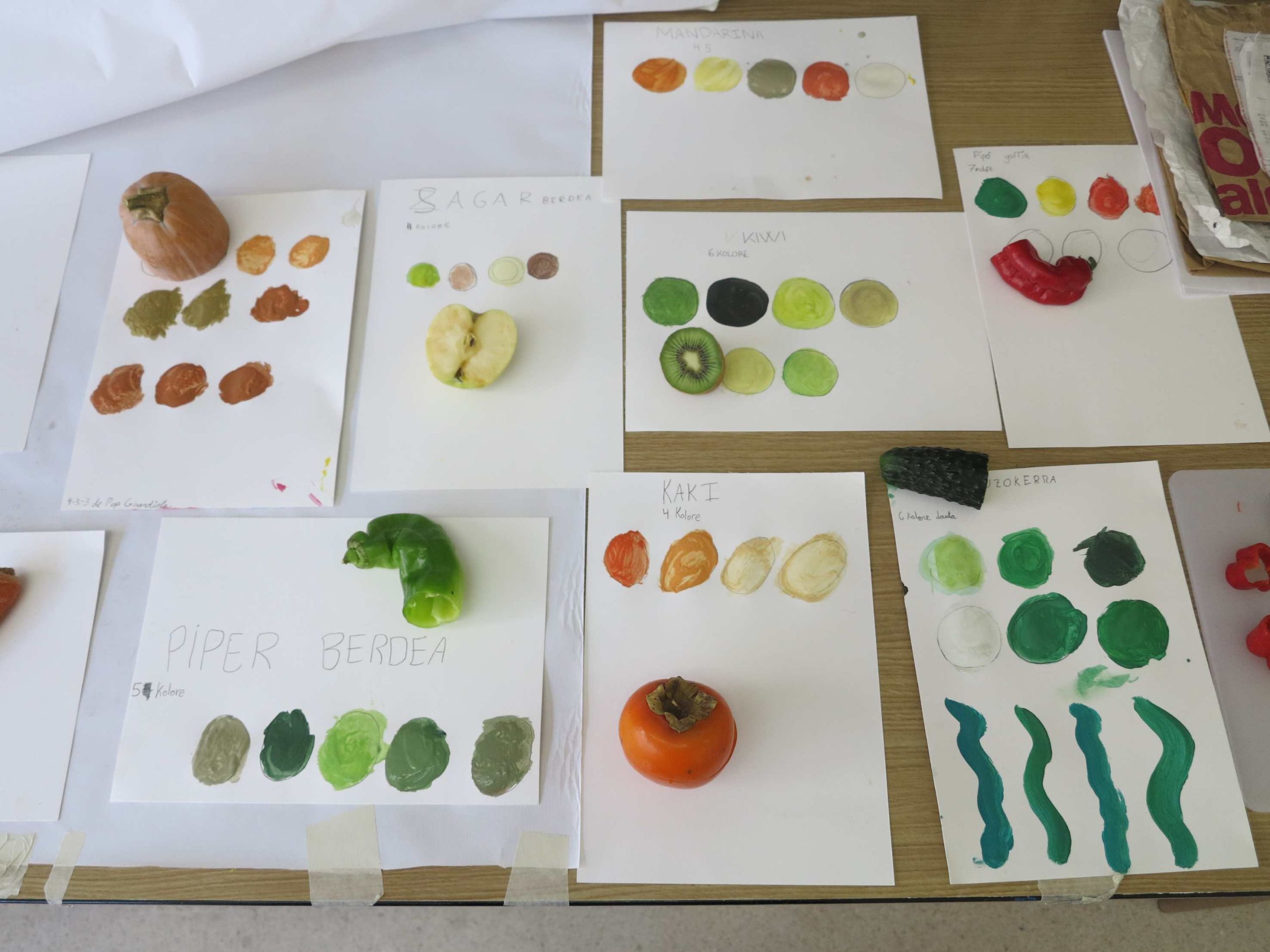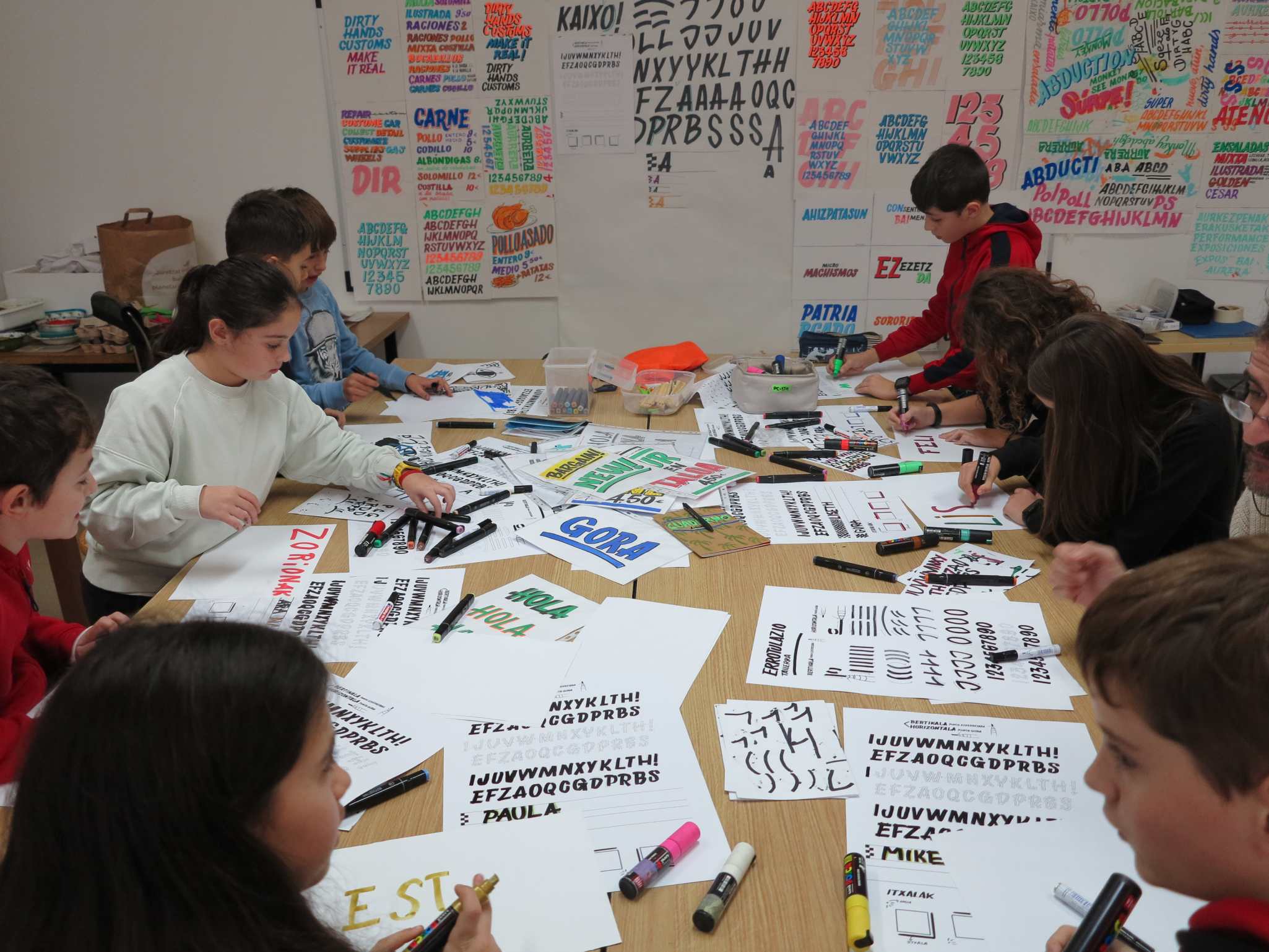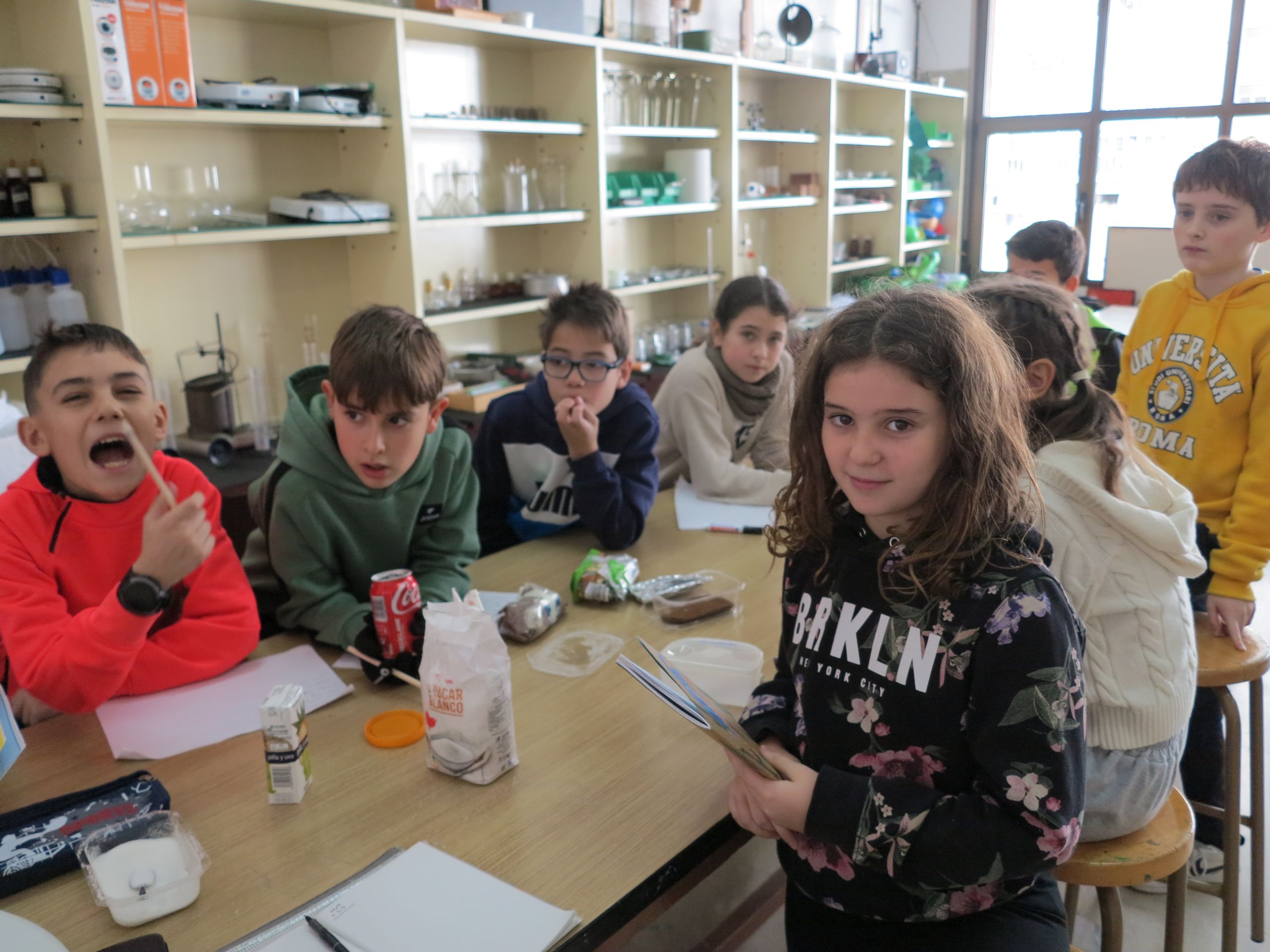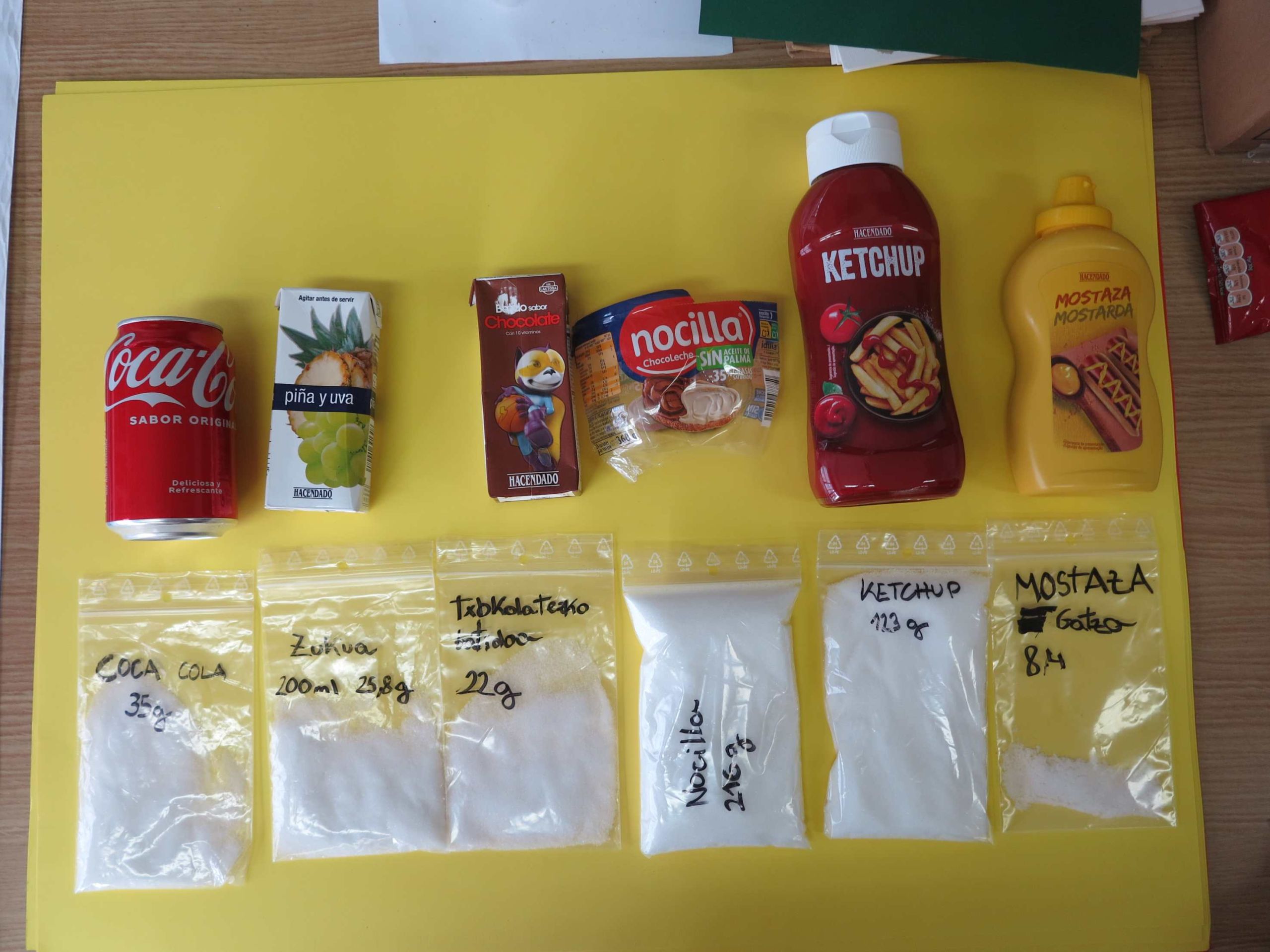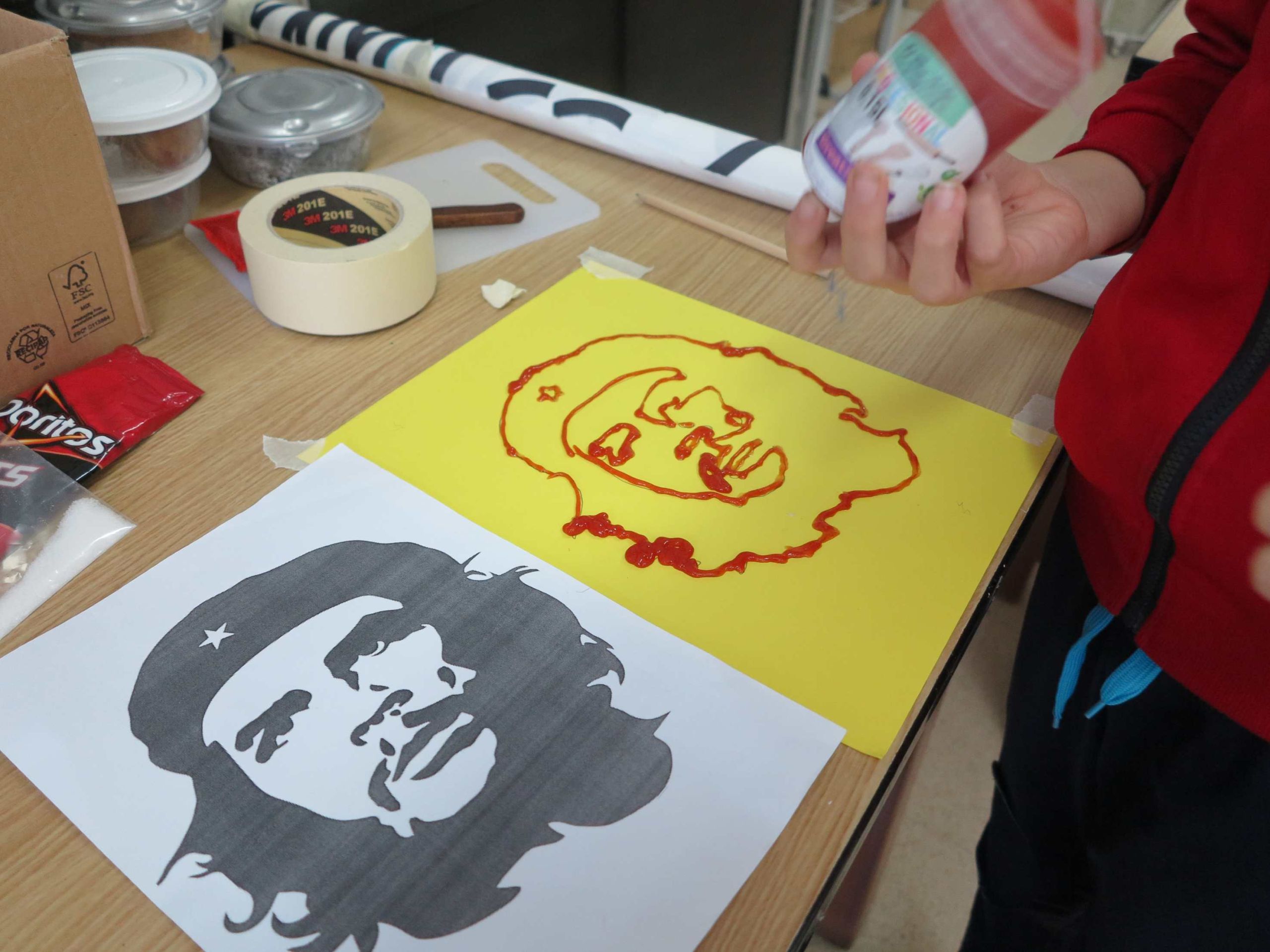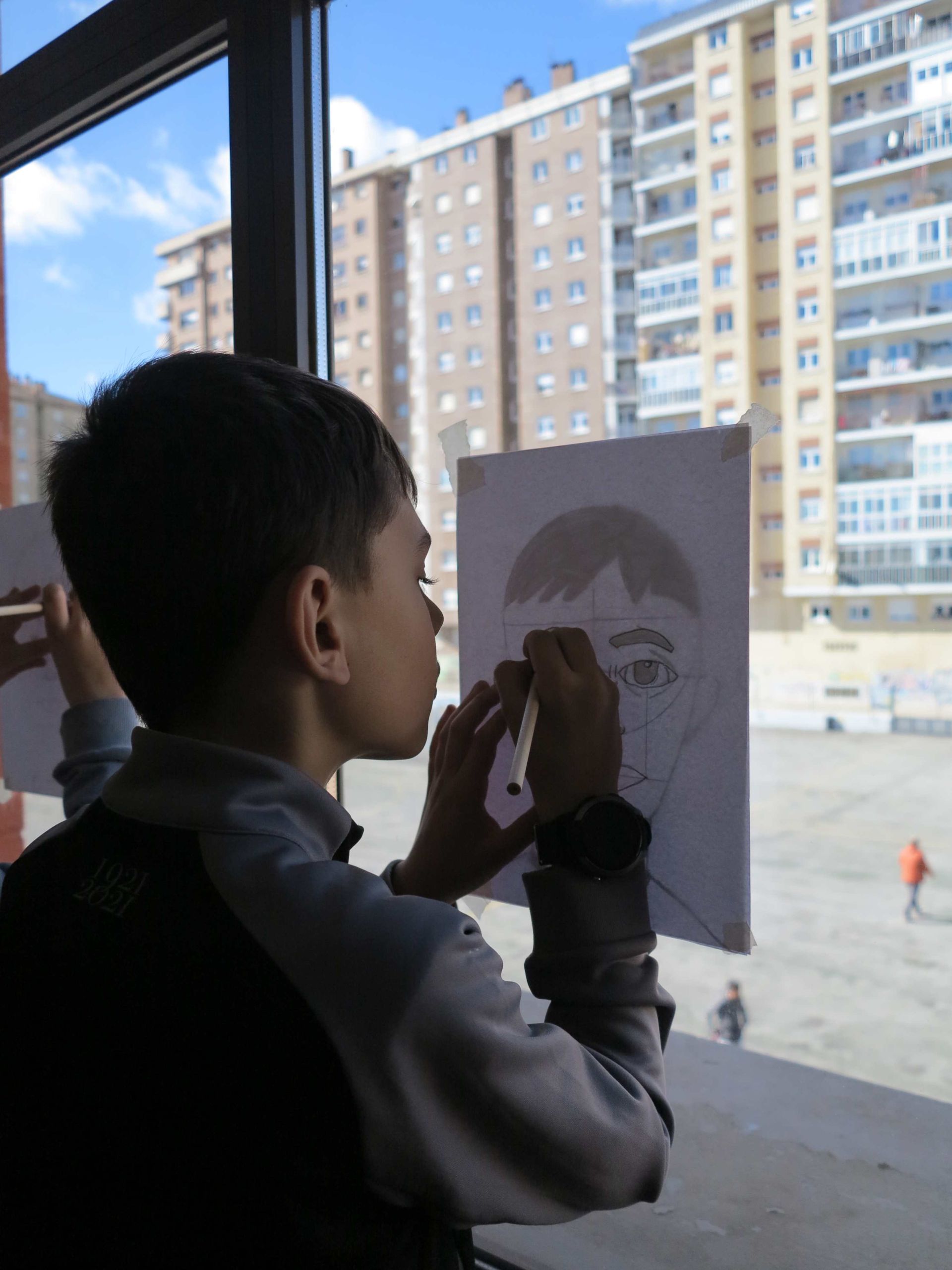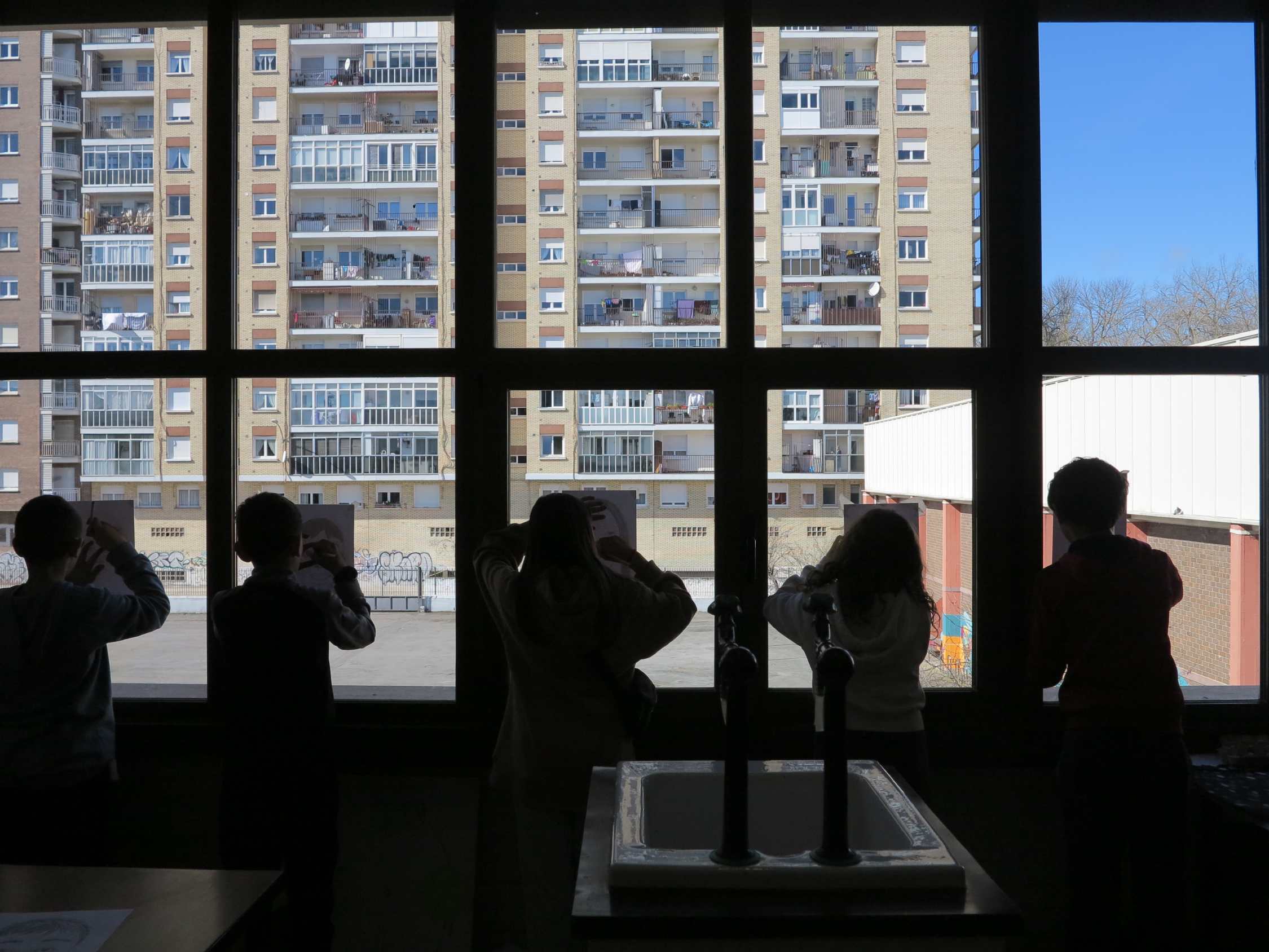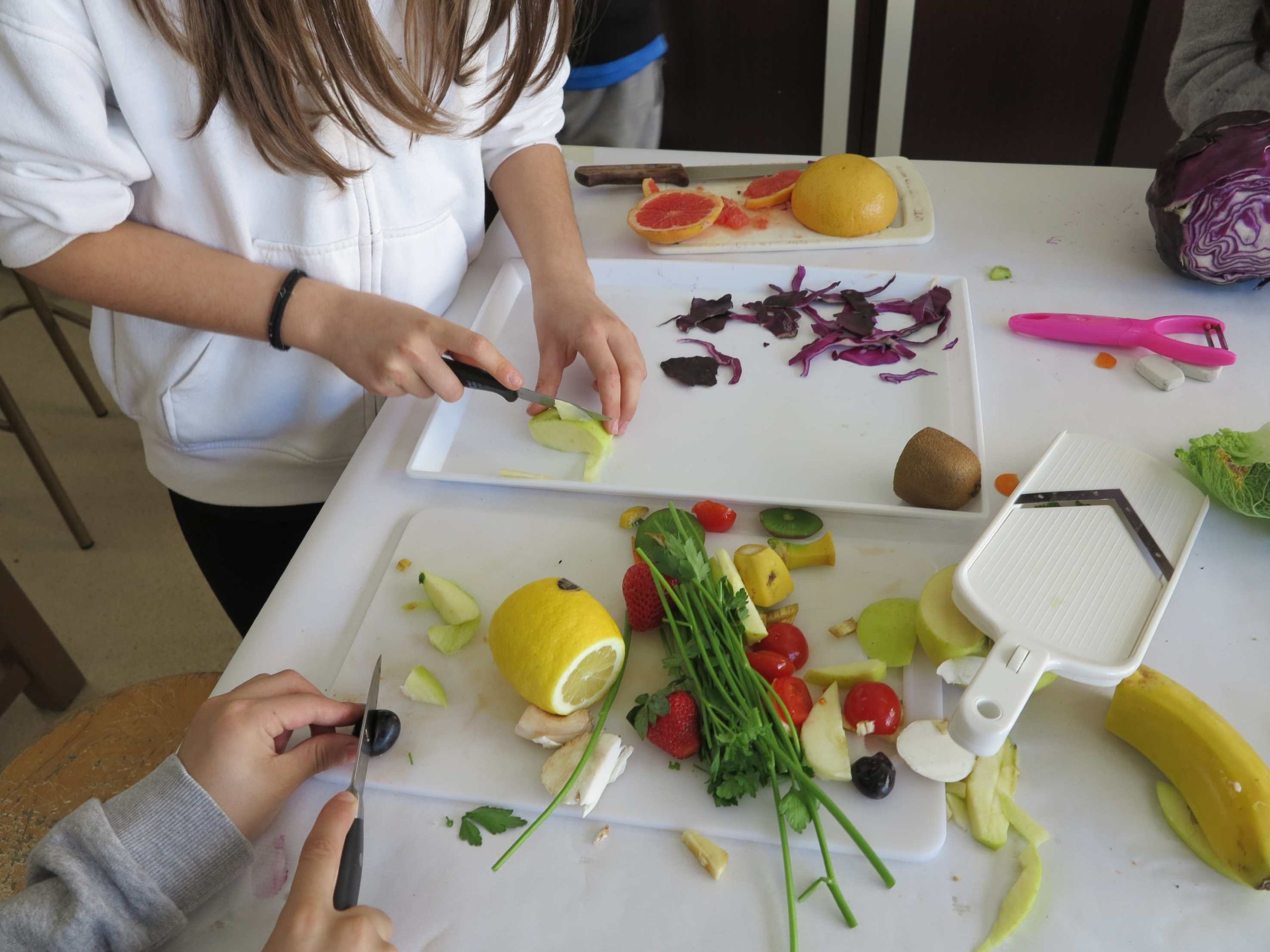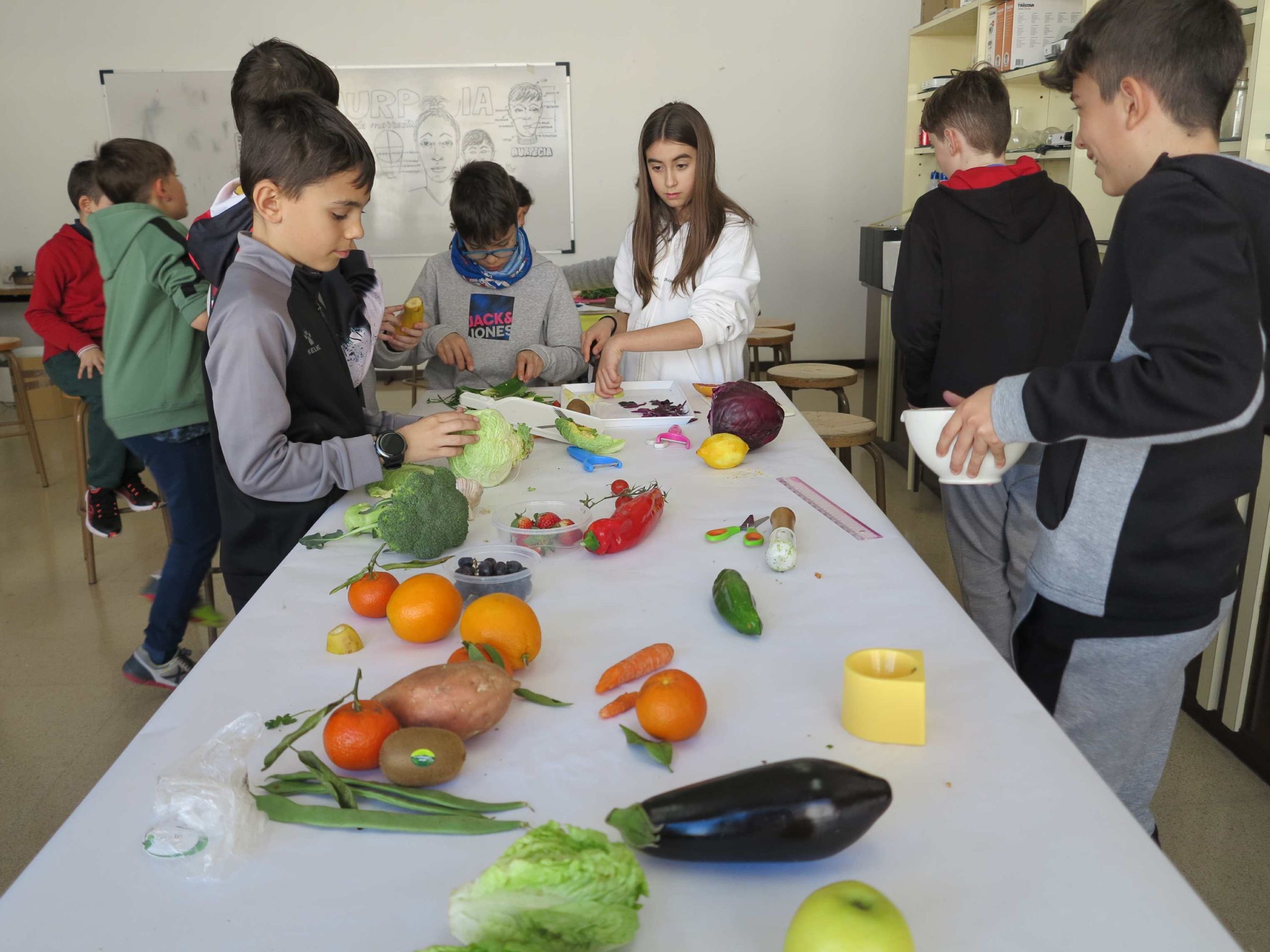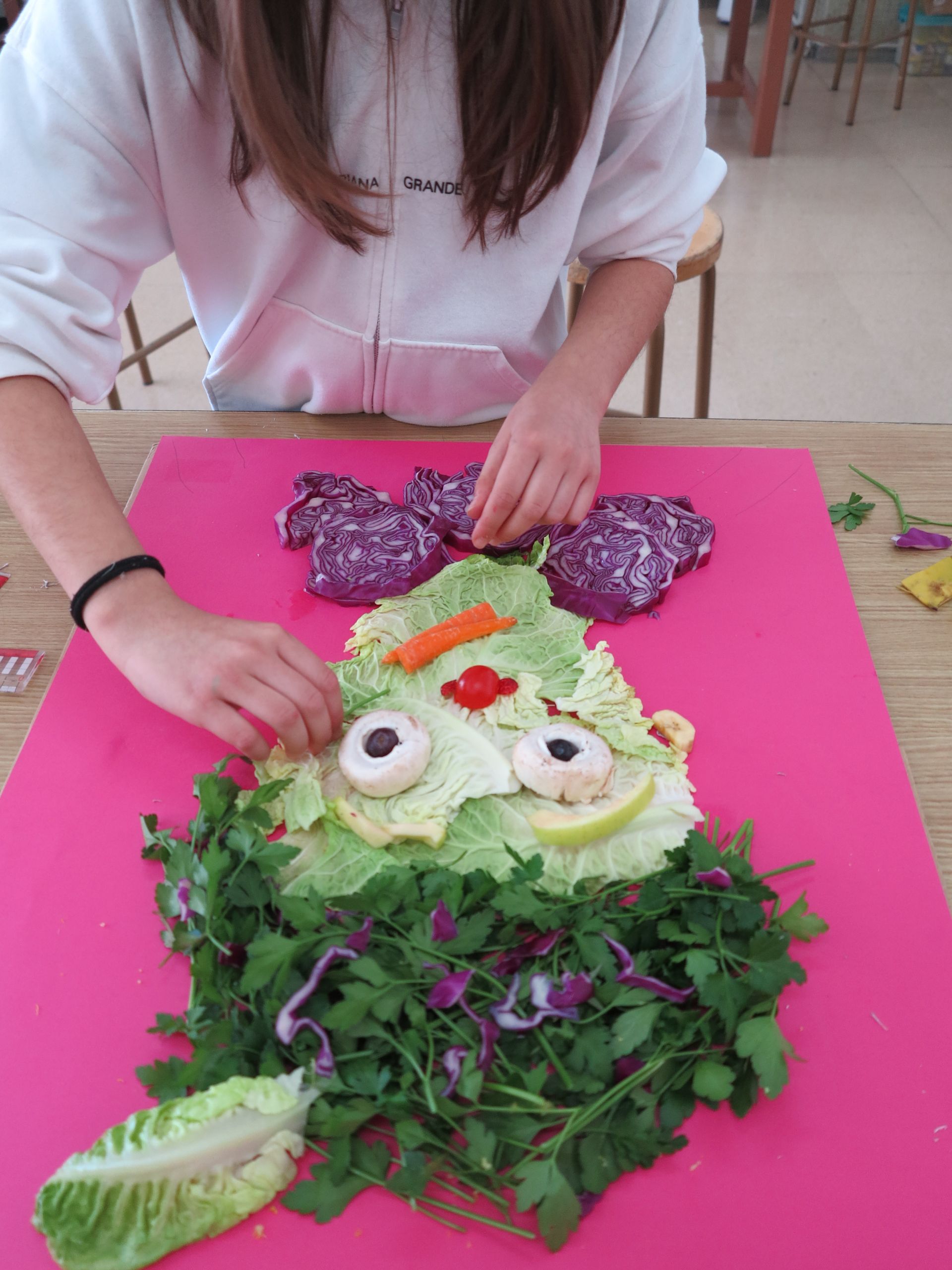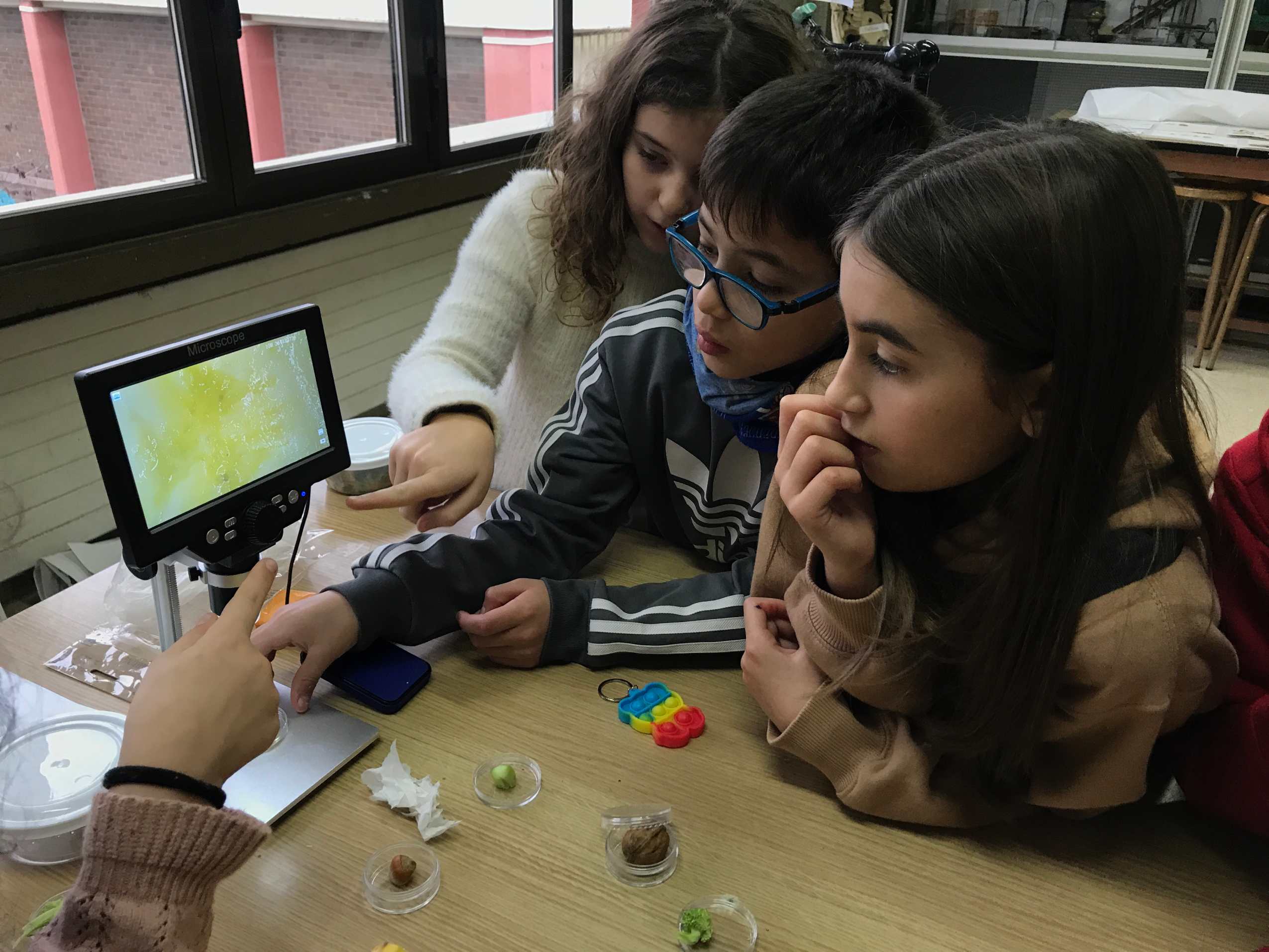Art You Can Eat
10 students, 5th and 6th grade, Escolapios Calasanz School, Vitoria-Gasteiz
10 students, 5th and 6th grade, Escolapios Calasanz School, Vitoria-Gasteiz
Language: Basque
Artist: Nerea Lekuona
Teacher: Natxo Oyanguren
The group comprised a small number of 5th- and 6th-grade students participating in an experience-based learning pilot program. In the context of Learning Through Art, we focused on food, a broad subject with lots of references in art.
We studied the intersection of food and art in history, drawing attention to the presence of food in art from the early days to the present. The students took a look at feasts in classical painting as symbols of wealth and status; the incorporation of foods by surrealist artists in the 20th century; and the use of food by contemporary artists as a material for sculptures and ephemeral installations.
By looking at in-season fruit and vegetables, boys and girls learned about color and color mixing as they worked with primary colors to recreate the various shades and tones of nature. They discovered, for instance, that a banana is not just plain yellow: on closer look, they found lots of hues in it. Based on pictures of rotting foods under a microscope, they created landscapes. Also, they baked sugar-free alphabet letter cookies and then used them in animations, transforming food into an art medium and thus breathing life into it. Finally, they made ephemeral portraits using sugar, coffee, salt, fruit, and vegetables.
An analysis of processed foods revealed how much sugar and sodium many of them contained. The students put up an electric sign telling how much sugar was in popular foods and beverages like soft drinks. The sign was on display for several months. As part of the same initiative, they redesigned containers to show sugar contents in more explicit and striking ways. All this led to an understanding of the importance of healthy eating habits and a healthy diet that incorporates food variety. It also helped be aware of some marketing and advertising strategies used to conceal harmful facts about food. In sum, we used art to take a different look at what we eat.

